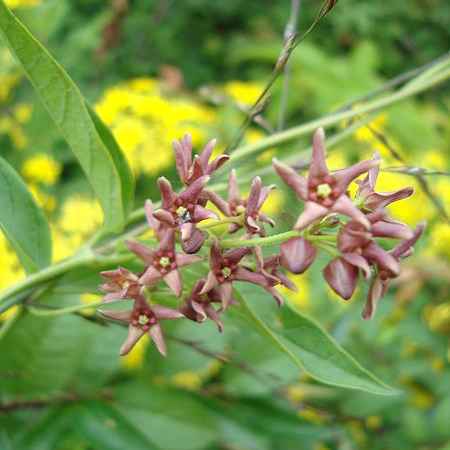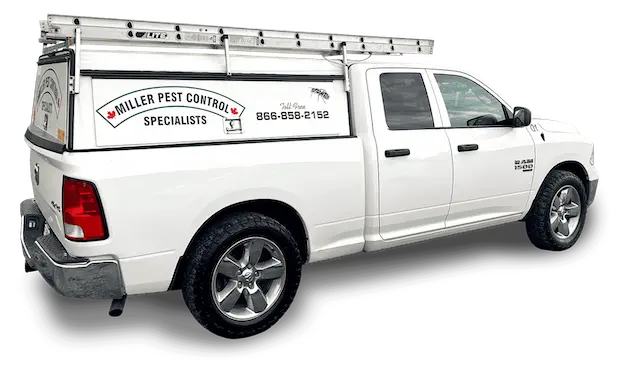Dog-Strangling Vine
Pest Control: How to Get Rid of Dog-Strangling Vine
Landowners whose property contains Dog-Strangling Vine are responsible for weed control and associated costs. Controlling dog-strangling vine before it becomes locally established will reduce its impacts on biodiversity, the economy and society.

It is recommended you consult a professional pest control to adequately deal with the infestation. Our Dog-strangling vine control service starts at $250. Contact us to learn more.
How to Prevent Dog-Strangling Vine
- Stay on designated trails and keep pets on a leash. Leaving trails or entering areas containing dog-strangling vine can encourage the spread of this plant.
- When leaving an area containing dog-strangling vine, inspect, clean and remove mud, seeds and plant parts from clothing, pets (and horses), vehicles (including bicycles and ATVs), and equipment such as mowers and tools.
- Do not compost dog-strangling vine in your backyard composter. Seeds could survive and grow in compost, unless high enough temperatures are reached to kill the reproducing structures. Contact your local municipality to determine if plant material can be brought to their composting facility. Ontario composting facilities monitor the compost process and meet provincially regulated temperature requirements.
About Dog-Strangling Vine
Dog-strangling vine is found in parts of Ontario and southern Quebec. This plant grows aggressively by wrapping itself around trees and other plants, and can grow up to two metres high. This forms dense stands that overwhelm and crowd out native plants and young trees, preventing forest regeneration. The plant produces bean-shaped seed pods four to seven centimetres long and pink to dark purple star-shaped flowers.
Possible Health & Legal Concerns
Dog-Strangling Vine spreads rapidly and impacts native plants, walking trails, and local agriculture.
In 2014 dog-strangling vine was added to the list of noxious weeds under the Weed Control Act. Landowners whose property contains noxious weeds and weed seeds that negatively affect agricultural and horticulture lands are responsible for weed control and associated costs
How to Identify a Dog-Strangling Vine
Dog-Strangling Vine grows one to two metres high by twining onto plants, trees or other structures. Its leaves are oval with a pointed tip, 7 to 12 centimetres long, and grow on opposite sides of the stem. Pink to dark purple star-shaped flowers have five petals about five to nine millimetres long. The plant produces bean-shaped seed pods four to seven centimetres long that open to release feathery white seeds in late summer.

